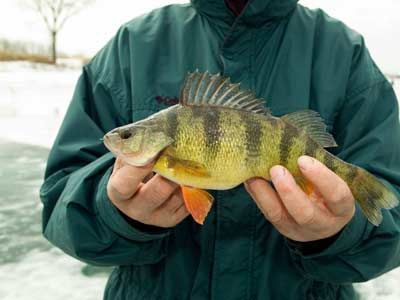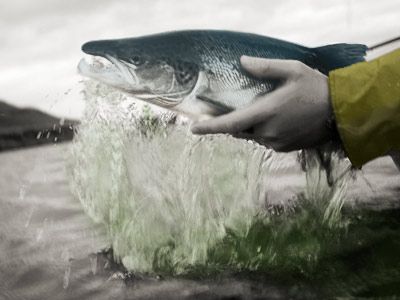Americans have long been told that they should eat more fish. The American Heart Association, for example, recommends noshing on a variety of fish at least twice weekly. Many citizens have happily complied; the U.S. is the world's second-largest consumer of seafood, coming in second only to China [source: Oceana]. While that's great news in general, it comes with a word of caution: Rampant fish fraud is occurring around the globe.
Seafood fraud (aka fish fraud) is anything that disguises or falsifies information about the fish you purchase in order to increase profits. One example: changing the expiration date on packaging to make fish seem fresher. But most of the news about fish fraud centers on mislabeling one type of fish as another. In a damning 2012 study conducted by Oceana, an ocean conservation group, the organization reported 33 percent of the fish it tested in restaurants and markets weren't the ones they were purported to be. Since typical fish fraud involves swapping out pricier fish for cheaper varieties, these results translated into a $25 billion annual hit to Americans' pocketbooks [source: Lou].
Advertisement
The FDA has laws on its books to thwart fish fraud, but some in the industry complain its enforcement efforts are weak. Less than 1 percent of all imported fish is inspected specifically for fraud. But that's partly because fewer than 100 National Oceanic and Atmospheric Administration (NOAA) agents are performing inspections, and due to budget cuts that number is likely to further diminish. A larger issue may be that 90 percent of the seafood Americans chow down on comes from foreign countries that often have lax aquaculture regulations. These include Canada, China, Ecuador, Indonesia, Thailand and Vietnam, with Thailand and Vietnam by far the worst offenders [sources: Lou, Oceana].
Fraudulent fish most often come in filet form; it's harder to properly identify seafood without its head, tail or other features. Some of the more commonly swapped fish include grouper, cod and snapper, which are often replaced by fish that are much less expensive and/or desirable. And while Americans are talking about the issue a lot these days, it's hardly a problem unique to the U.S. Seafood is one of the world's most commonly traded foods, and more than 100 other studies have uncovered seafood fraud in 29 countries located in all continents save Antarctica [sources: Lou, Oceana]. Clearly, this is a global problem.
Advertisement




